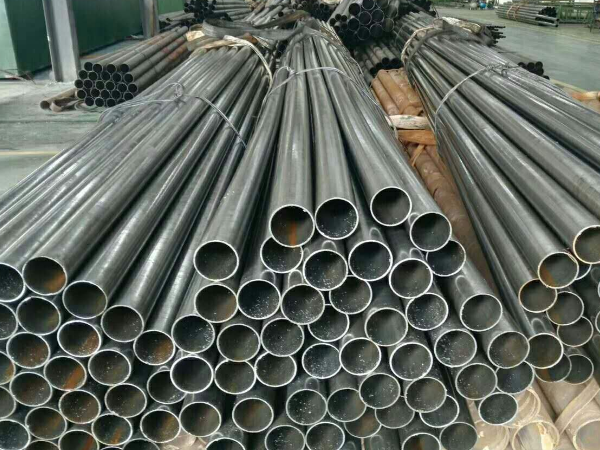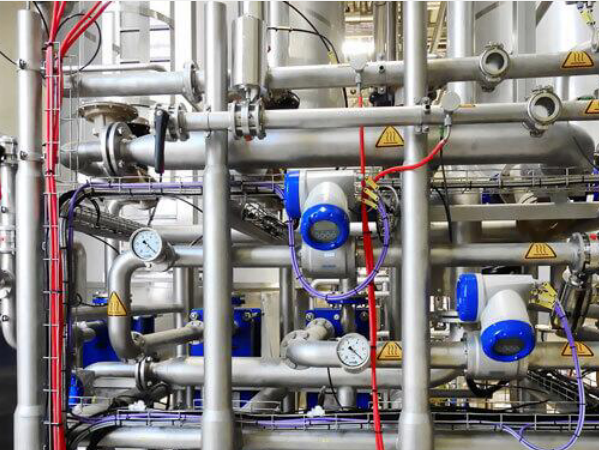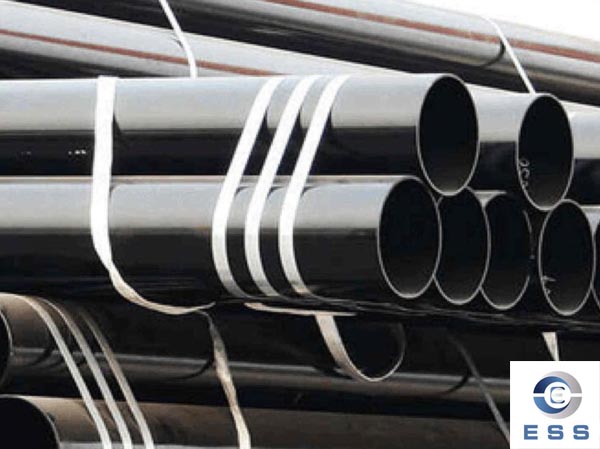Carbon Steel Pipe: An Overview of Its Properties and Uses
Carbon steel pipe has been used in a variety of applications for centuries. It has a distinct set of advantages and disadvantages that should be considered when selecting a material for a particular purpose.
This essay will provide an overview of carbon steel pipe, discuss its properties and uses, and provide suggestions for its selection and application.
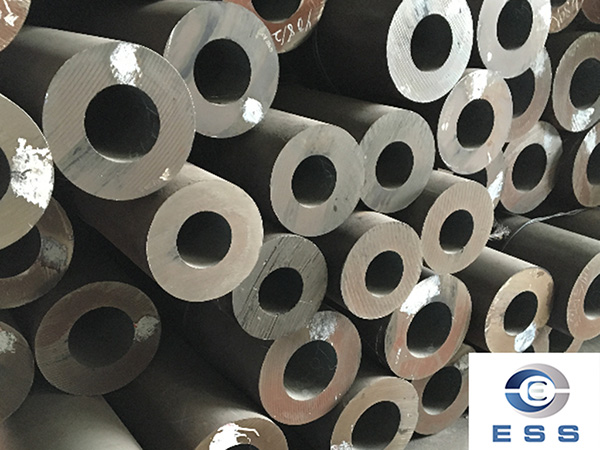
First, it is important to understand what makes up carbon steel pipe. Carbon steel pipe is made up of an alloy of iron, manganese, sulfur, phosphorus, and carbon. Depending on the grades of steel, other metals may also be present in trace amounts. The most common types of carbon steel pipe are black, galvanized, and uncoated. All three varieties can be found in various thicknesses and lengths.
The primary advantage of carbon steel pipe is its high strength. Because of its composition, it is able to resist warping and distortion better than a number of other materials. Its wide range of thicknesses also helps it to be used in a variety of applications. In addition, it is cost effective and durable, adding to its appeal as a construction material.
The primary disadvantage of carbon steel pipe is its susceptibility to corrosion. This can especially be a problem when used outside or in applications where moisture is present. It also requires protection from extreme temperatures, which can cause the material to warp or degrade.
Carbon steel pipe has been used for a wide variety of applications for centuries. It has a long history of being used for water pipes and pipelines, and is still commonplace in many instances today. It is also an important material for industrial machinery and buildings, as its sturdiness allows it to stand up well to use over time. The material also lends itself to being used as a structural material, such as in buildings, bridges, and towers.
Another important use is in the automotive industry. Its ability to withstand high temperatures makes it a great choice for exhaust manifolds, mufflers and catalytic converters. Its strength and low-cost make it useful for a variety of other vehicle components, such as springs and axles.
When selecting carbon steel pipe for a particular application, it is important to consider both its advantages and disadvantages. Design engineers should take into account the environmental conditions, temperature extremes, and corrosive agents in the area where the steel pipe is to be installed. The grade of steel should also be considered, as different grades have different levels of strength and resistance to corrosion. Additionally, welds, coatings, and complementary materials should be chosen appropriately for compatibility with the steel.
In summary, carbon steel pipe is a versatile material with a wide range of uses and applications. Its composition provides it with great strength, while its cost effectiveness and corrosion resistance provide additional benefits. Careful consideration of usage is necessary when selecting the material and planning its installation, as environmental factors and the grade of steel should be taken into account. With its numerous advantages, knowledge of its properties and uses, and proper selection, carbon steel pipe can provide a reliable and long-lasting solution for many projects.









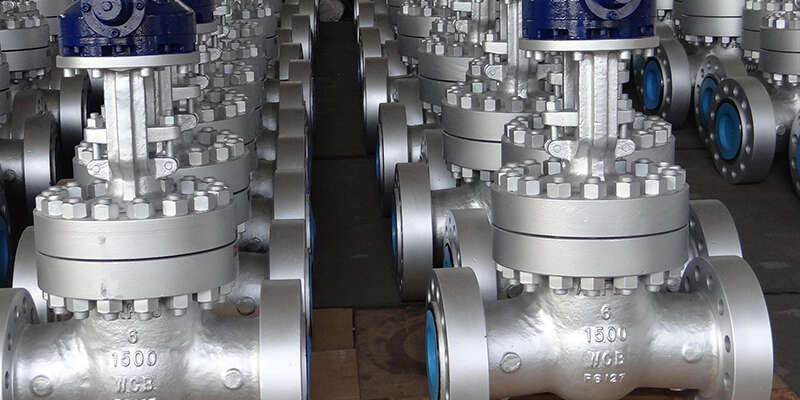
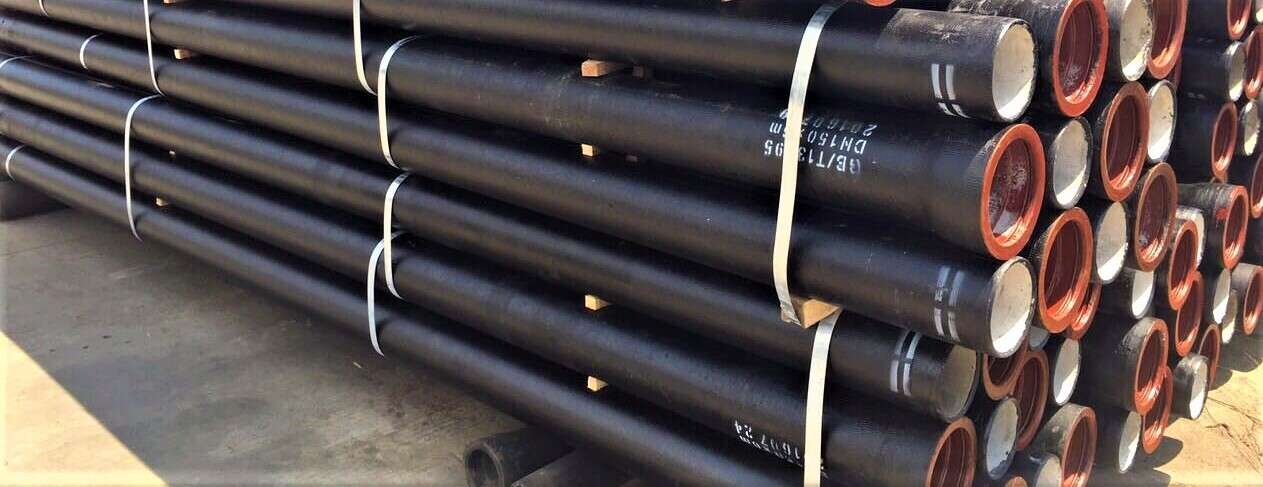


 Eastern Steel Manufacturing Co., Ltd no solo mejora la producción de productos y los servicios de venta, sino que también brinda servicios adicionales de valor agregado. Siempre que lo necesite, podemos completar sus necesidades específicas juntos.
Eastern Steel Manufacturing Co., Ltd no solo mejora la producción de productos y los servicios de venta, sino que también brinda servicios adicionales de valor agregado. Siempre que lo necesite, podemos completar sus necesidades específicas juntos.







